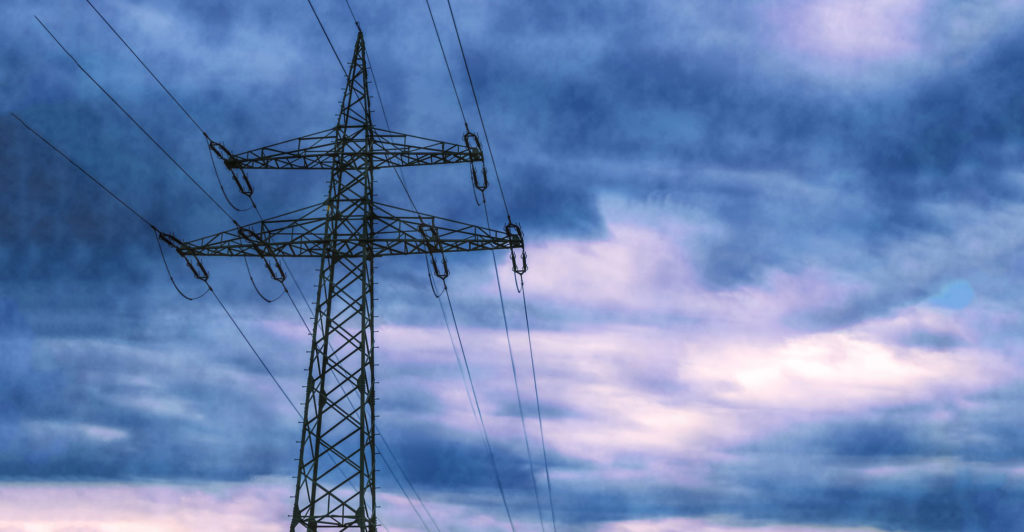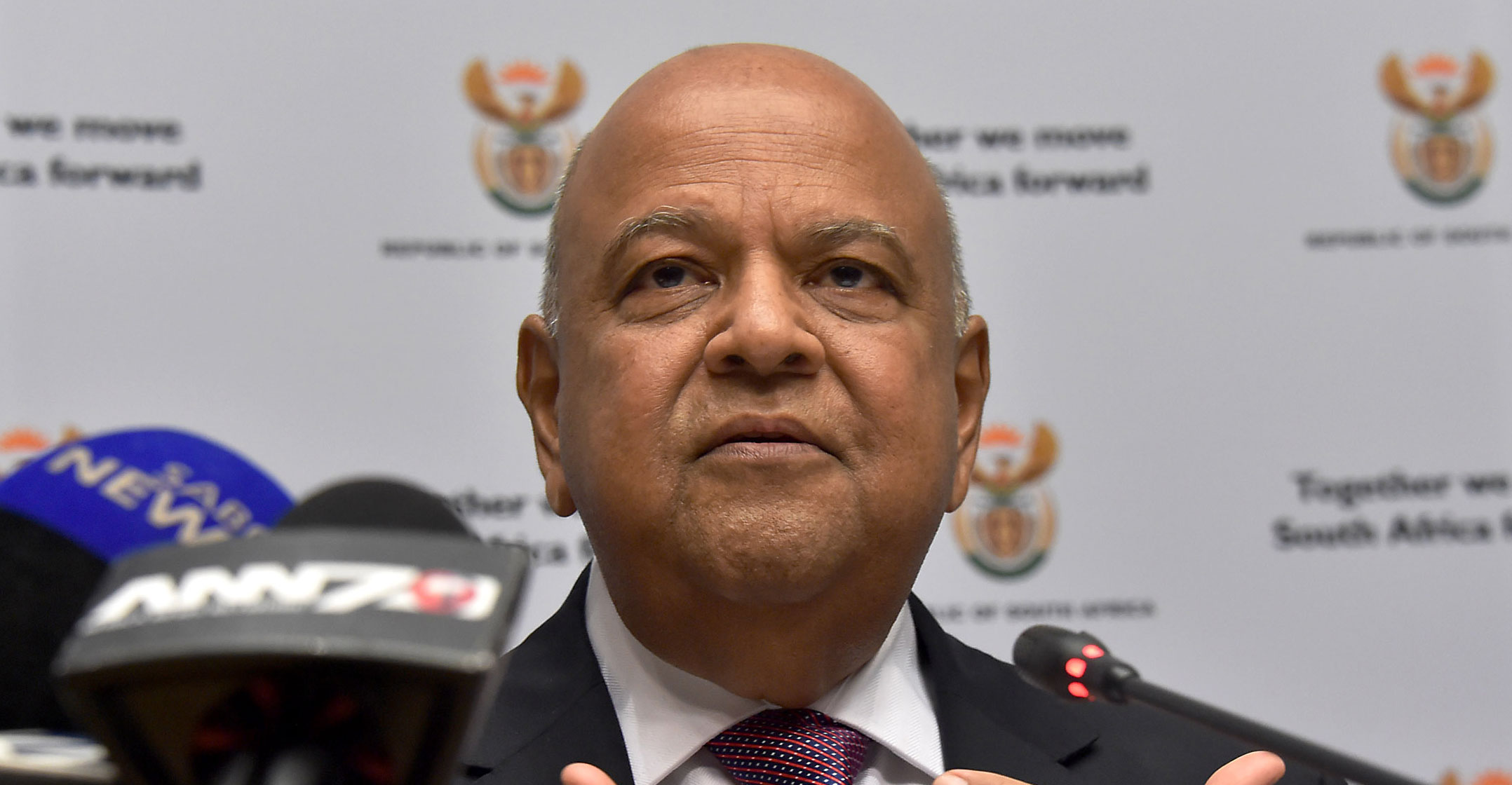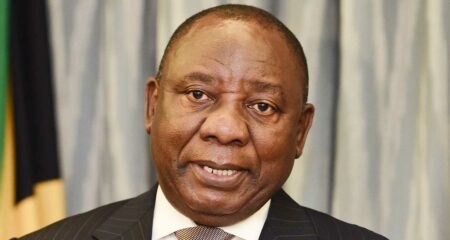 Eskom’s creditors have started working with financial advisory firm Rothschild & Co as the struggling power utility prepares a long-awaited reorganisation aimed at returning it to profit and lightening its debt load.
Eskom’s creditors have started working with financial advisory firm Rothschild & Co as the struggling power utility prepares a long-awaited reorganisation aimed at returning it to profit and lightening its debt load.
Bondholders are forming a common front to protect their interests as the state-owned company takes steps to split into three entities, according to people familiar with the matter who asked not to be identified because the information is private. While Eskom’s R392-billion of debt will remain under the holding company for now, some bondholders fear it may be distributed across financially weaker units, they said.
Saving Eskom is a massive undertaking, with South Africa’s economy at stake as it struggles to supply uninterrupted electricity. President Cyril Ramaphosa first announced a turnaround plan in 2019, though progress has been slow as the details are debated, especially around the debt pile, which Eskom wants the government to help cut in half.
The company needs the consent of creditors before completing the spinoff of its transmission unit. In a presentation published last month, the utility said it “believes that the unbundling of the transmission unit business to the National Transmission Co of South Africa will not negatively affect Eskom’s existing debt facilities”.
But creditors are concerned that revenue streams and earnings may be affected, eroding the company’s ability to service and repay the loans. Unsecured creditors may be those with the most to lose, as they would have recourse to a smaller portion of Eskom’s assets, the people said. About 74% of Eskom’s debt is guaranteed by the government.
Investor anxiety
Eskom’s dollar yields have climbed to the highest levels since March, in line with the rise in global yields as the Federal Reserve moves closer to raising interest rates. But the premium investors demand to hold the company’s unsecured debt rather than bonds guaranteed by the government has widened in recent weeks, suggesting some investor anxiety.
A spokesman for Rothschild declined to comment. Eskom wasn’t immediately able to comment.
Eskom has begun the legal separation of its transmission unit, designed to help open the grid to private suppliers and allay electricity shortages that have curbed economic growth. As part of the reorganisation, a significant portion of the debt is to be housed in the generation unit, whose programme to build new capacity resulted in defective, over-budget coal-fired plants yet to be completed.
The split of that business along with the distribution arm is expected to start later this year. The company said last month it will engage with creditors to gather their feedback on future unbundling steps. It is working with Lazard as financial adviser and the legal firm White & Case on its restructuring plan.

Eskom has also warned that it needs the debt to be resolved in order to accept US$8.5-billion in grants and loans from wealthy nations — made at the Cop26 climate summit– to help South Africa move away from coal.
The unbundling of the three operational units would give the government a better idea of the valuations of those entities, after which it would decide how to distribute the debt and deal with any remaining amount, public enterprises minister Pravin Gordhan said in an interview in November.
Finance minister Enoch Godongwana would have to decide whether the government assumes part of Eskom’s debt by the time of the budget in February, giving consideration to the serious fiscal constraints the country is facing, Gordhan said. — Luca Casiraghi and Irene García Pérez, (c) 2022 Bloomberg LP




